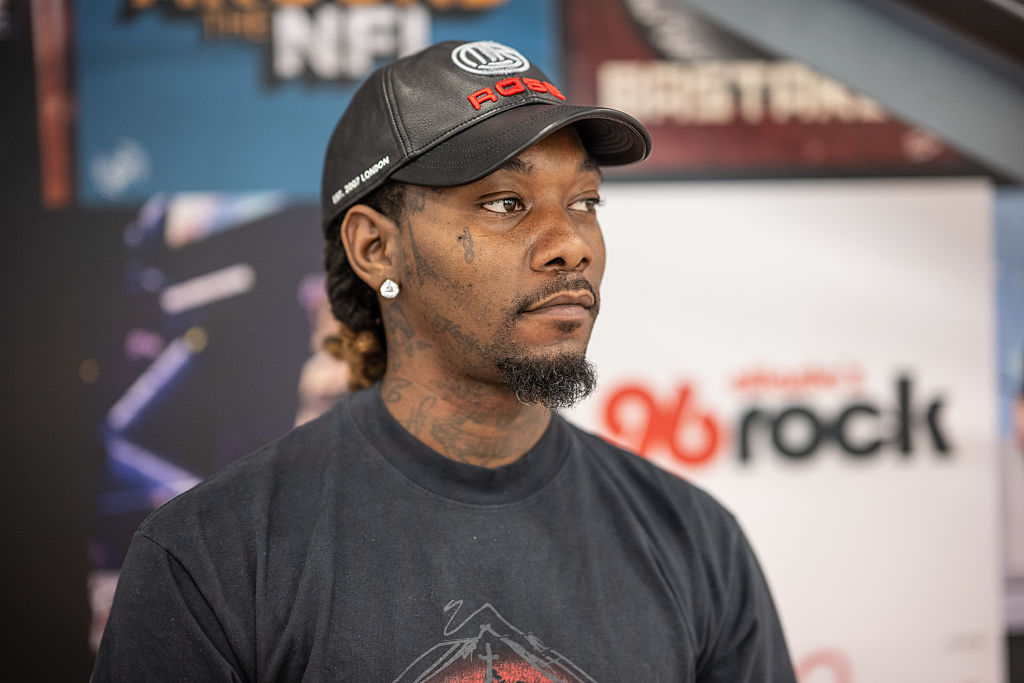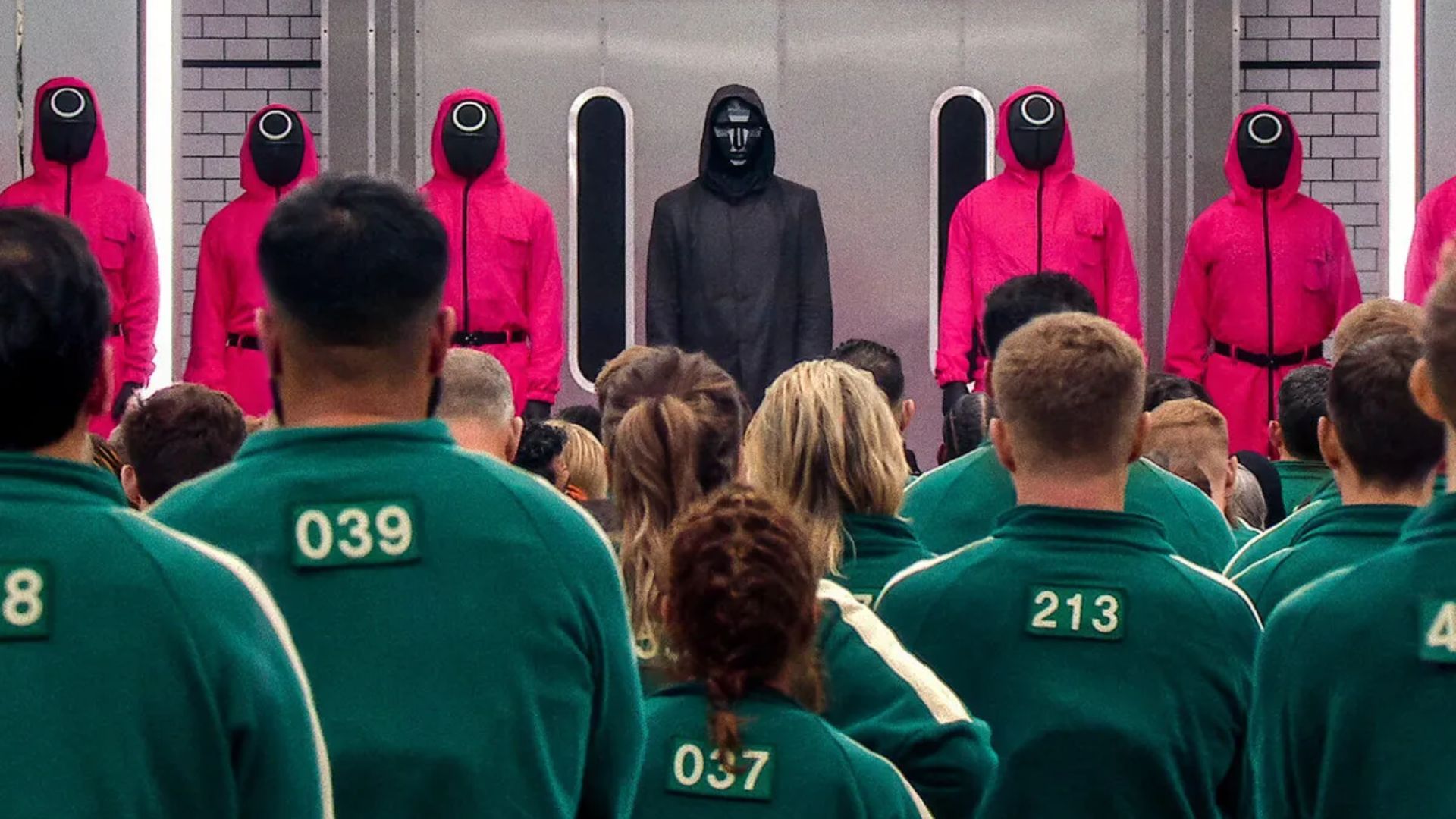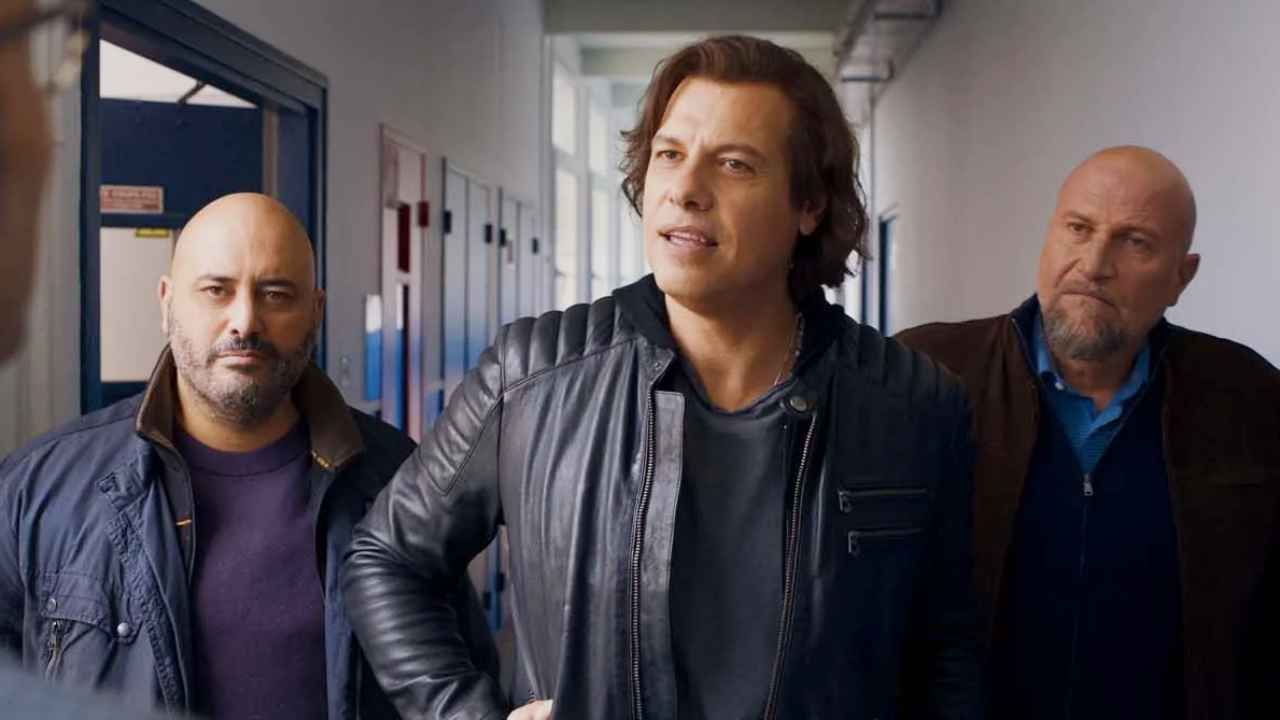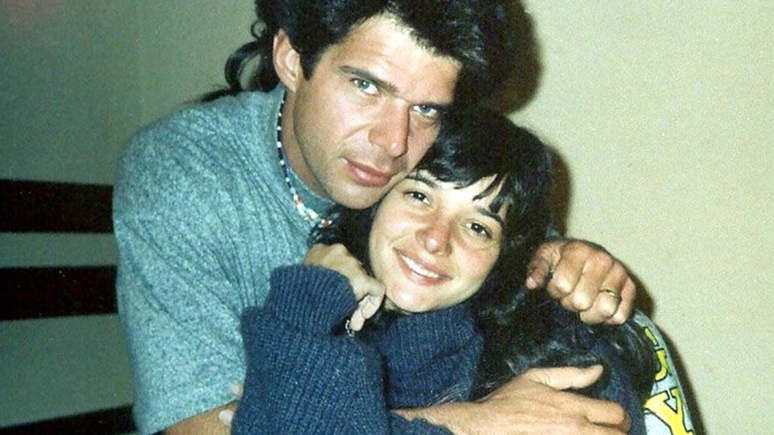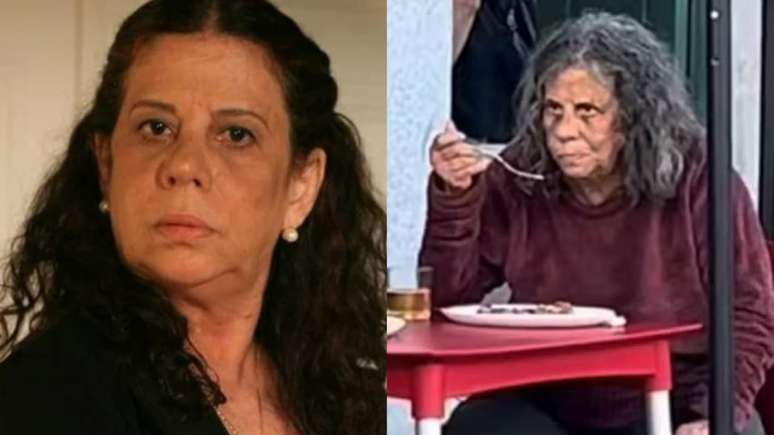Homeland : Halle Berry facing Evil
In his latest film Homelanda tense fantasy thriller in theaters from September 25th, Alessandro Aja directs Halle Berry and young Anthony B. Jenkins and Percy Daggs IV in an almost closed-door session. All three play a family that has taken refuge in a house in the middle of the forest. For years the mother of the two boys has been explaining to them that after an apocalypse the world no longer exists and that only the wood of their house protects them from the an Evil lurking outside. However, they can move outside by attaching themselves to a huge rope connected to the house. Thanks to this they can hunt animals and gather plants to survive. Only with winter do their resources decrease and feeding on insects and tree bark is no longer sufficient.
In these conditions, one of the two boys begins to doubt his mother. Especially since she is the only one capable of seeing the demon. What if all this was just a figment of his imagination and a trauma from his past?
How does the film end?
Until the end, Alexandre Aja leaves doubts. Starting from the mother’s point of view, it is normal to see the creature appear, taking on different forms to try to deceive her. Which doesn’t necessarily mean that what appears on the screen is reality. The end of Homeland it all looks the same take on your awesome part. After their house burns down, Nolan and Samuel are rescued and transported by helicopter. We then think that everything the director had shown us first came from the imagination of the mother, then of one of her children. Except for that revealing photo Samuel took in front of the burning house the hand of the creature shuffle the cards.

But then, if this monster is really real, how do you explain the fact that it didn’t attack other people in the forest or that it headed towards the surrounding town, from which it obviously wasn’t hit? the so-called apocalypse.
Alexandre Aja’s explanations
When promoting Homelandwe asked Alexandre Aja about this ending for some explanation. The director first made it clear that he wanted to give everyone the freedom to understand the film in their own way. However, the director has his own point of view. According to him, visions that tend towards the fantastic Homeland there are more metaphorical and reflects the psychological disorders of the characters.
For me the film is a story and this photo at the end has an allegorical meaning. It means that Samuel will never get out of it. He will always be convinced that evil exists. More precisely, he will remain the bearer of this generational trauma transmitted to him by his mother. Instead, Nolan embraces the darkness within his mother. When he hugs her, he manages to cut the rope by accepting these demons. He frees himself from it and will be able to have a free life, unlike his brother who will always be a prisoner of this generational psychosis.
So, just as the viewer sees the monster imagined by the mother, he sees what appears in the photo because this time it is from Samuel’s point of view. To accompany his explanation, he provided us with Alexandre Aja as an example Shining. Without trying to compare this movie to Homelandthe director recalls that at the end we can see a photo showing Jack Torrance in the hotel, as if he had always been there. Then a double interpretation is possible.
In Gothic literature there were many stories like this where the authors did not hide from the possible double interpretation, supernatural, psychological or the true story. I think it’s interesting to provide stories where we can have this conversation, where we can explain both things.
Source: Cine Serie
Ray Ortiz is a journalist at Gossipify, known for his coverage of trending news and current events. He is committed to providing readers with accurate and unbiased reporting, and is respected for his ability to keep readers informed on the latest news and issues.


